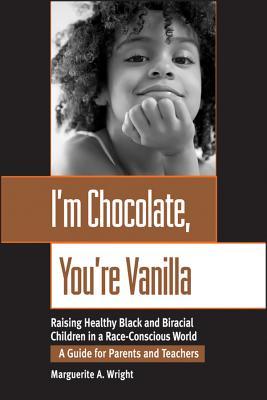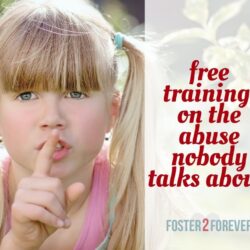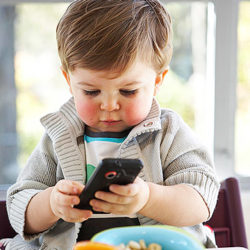Transracial Adoption Issues
Did Dr. Martin Luther King ever dream of transracial adoption? I have a dream that one day this nation will rise up and live out the true meaning of its creed: “We hold these truths to be self-evident: that all men are created equal.” Did he ever dream that all children and families would be equal – members of multi-racial families?
When I was a little girl, my family was part of the “white flight” from integrated schools to a rural all-white town. I grew up around extreme prejudice that I never understood, but I do feel that I’ve overcome the racial prejudice of my past.
But today, our nation is still at war. A Cheerios commercial featuring an interracial marriage still spews hatred. Paula Deen’s past racism causes an uproar from her sponsors. Duck Dynasty’s Phil Robertson’s remarks about observing that “blacks were happy” caused a knee-jerk reaction from the A&E Network to suspend him from his reality show.
I do wish our nation could be color-blind, but as the Livesay’s Haiti blog points out: “Can we truly be color-blind or is that just a phrase of white privilege?” The sad truth is that race matters, especially in transracial adoption.
Mary’s awareness of multi-racial families acutely changed when a child of another race joined her family. Mary recommends reading Another Mother: Co-Parenting with the Foster Care System that discusses transracial adoption issues from a white woman raising black children.
Melody has shared her struggles and transracial adoption issues, and offers some tips to coping with the “peanut gallery.”
Transracial Adoption Issues
- When adopting a child of another race, it is not only the child who is different — your family becomes a “different” family.
- Your child will need specific coping skills to deal with racial bias which you might face together as a family.
- A child of color growing up with Caucasian parents should be around adults and children of many ethnic groups, especially, to see adult role models who are of the same race or ethnic group.
- Adopting more than one child of a different race gives a child a sibling for more cohesive racial identity within a family.
Read more about Transracial Adoption Issues:
Does Anybody Else Look Like Me? outlines for parents how, exactly, to deflect the objectifying attention multiracial children receive, from the books and toys to use in play with young children, to advise on guiding older children toward a strong sense of self.
Brown Babies, Pink Parents: A Practical Guide to Transracial Parenting provides practical, easy-to-read instruction on everything from hair/skin care, to school issues, and even addresses “white privilege.”
Come Rain or Shine: A White Parent’s Guide to Adopting and Parenting Black Children is a conversational and practical guide for those considering transracial adoption how to incorporate a child’s race into your family.
Growing Up Black in White is the poignant memoir of a mixed-race child adopted by a white family sharing his experiences as a biracial transracial adoptee to help other adoptive families with transracial adoption issues.
I’m Chocolate, You’re Vanilla is for parents trying to raise children in a racially polarized world — explains how black and biracial children perceive color and race, and that early teaching about race and racism tends to result in black children feeling needlessly powerless and confused.
FTC Disclosure: The links in this post may be affiliate links to Amazon, which means when you click on a link and purchase, I receive a very small commission (at no additional cost to you). Amazon then gives that commission to me as an Amazon gift card so I can purchase from Amazon. See how nicely that works for Amazon?





